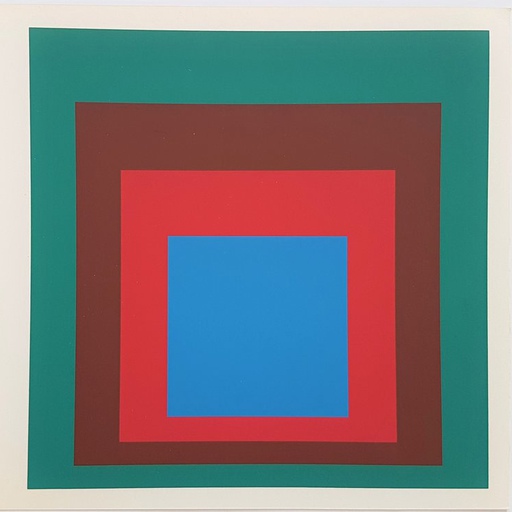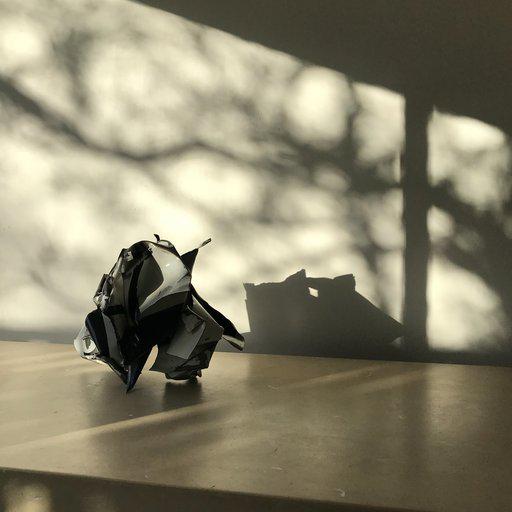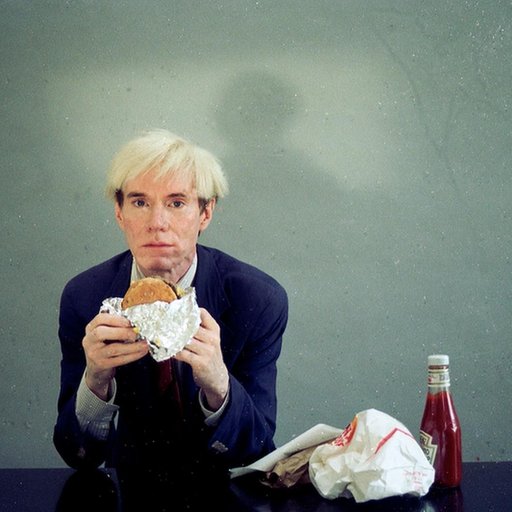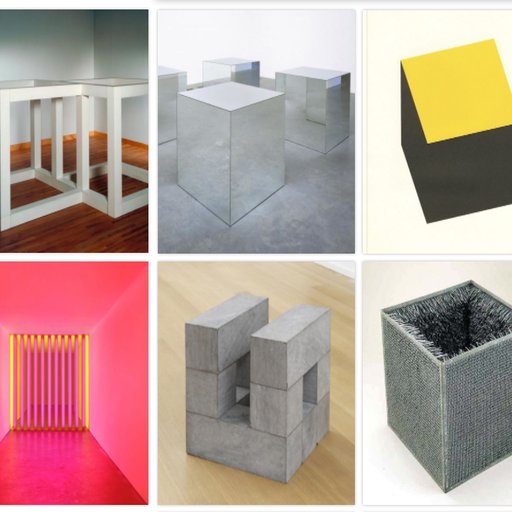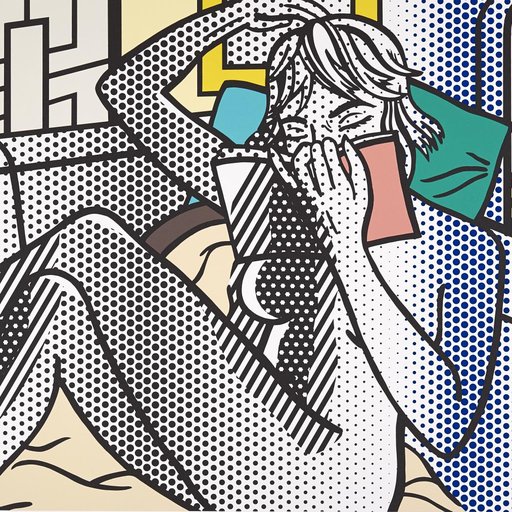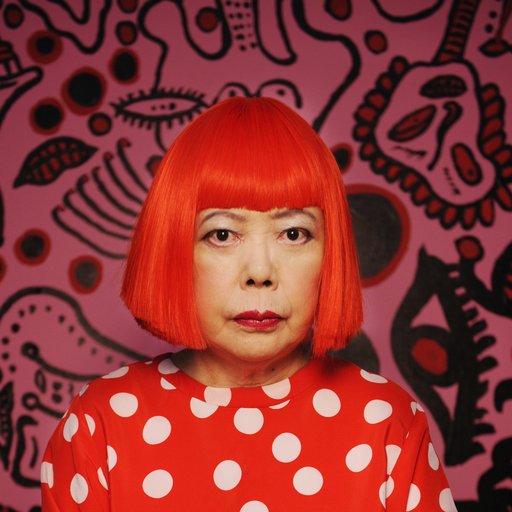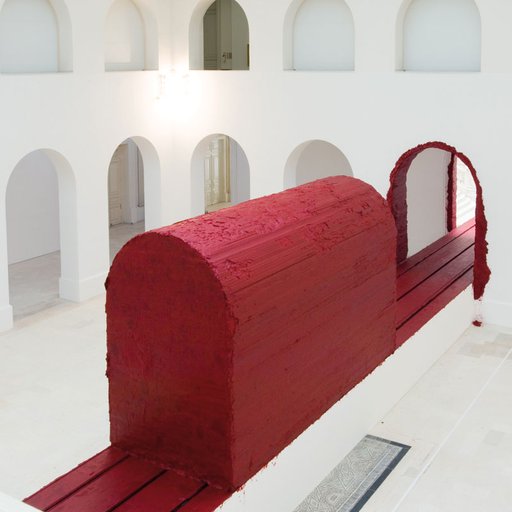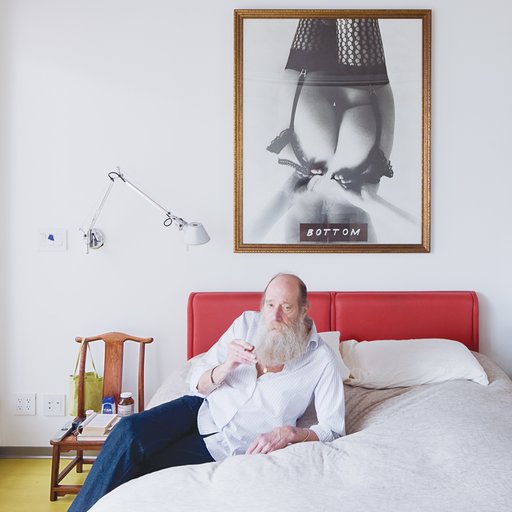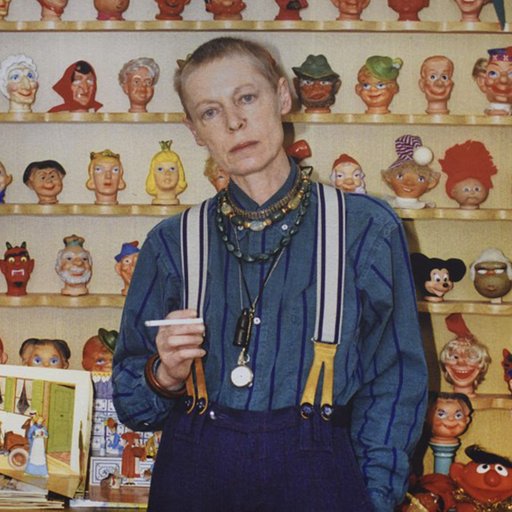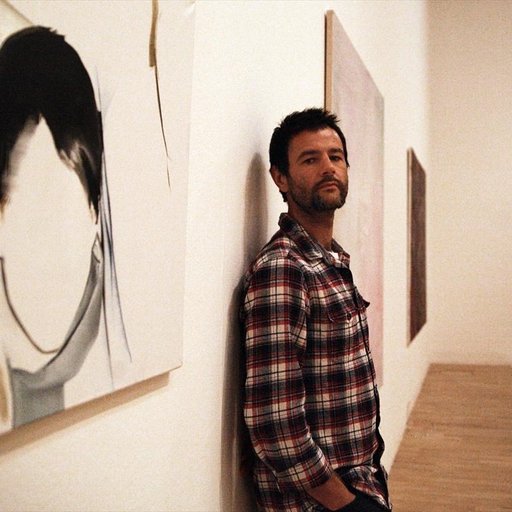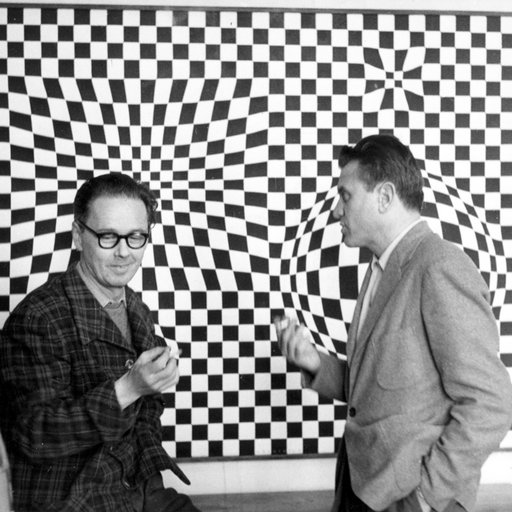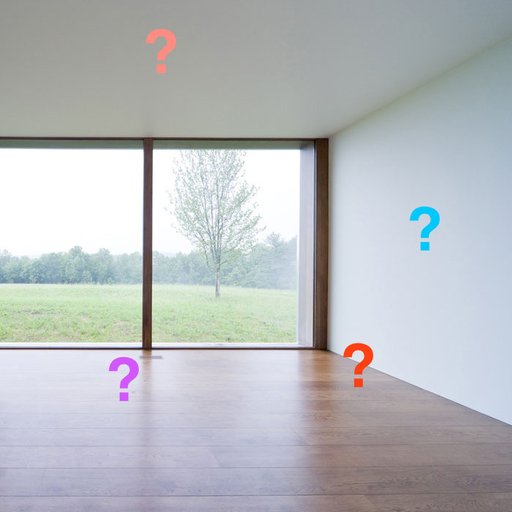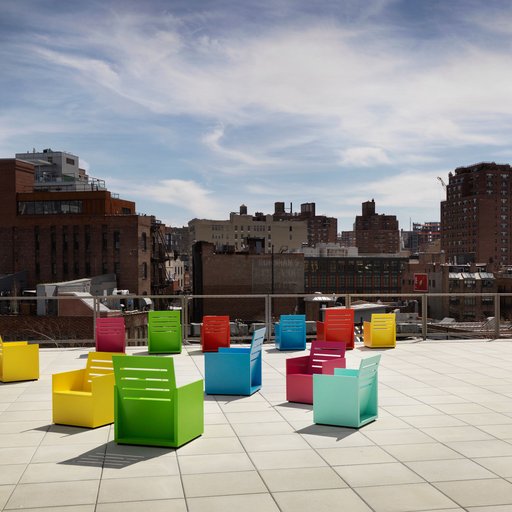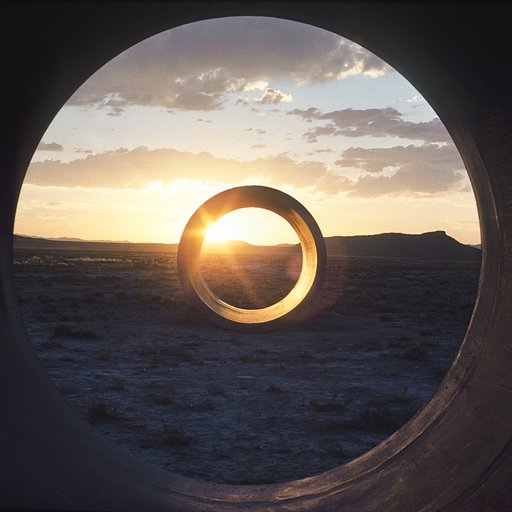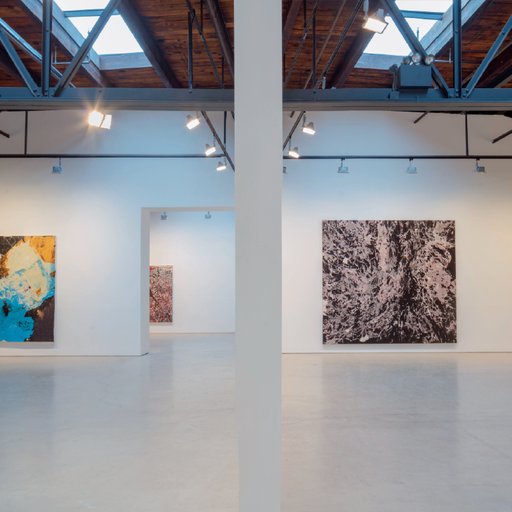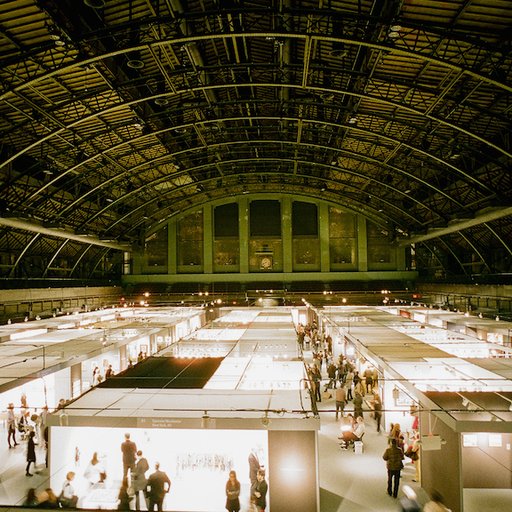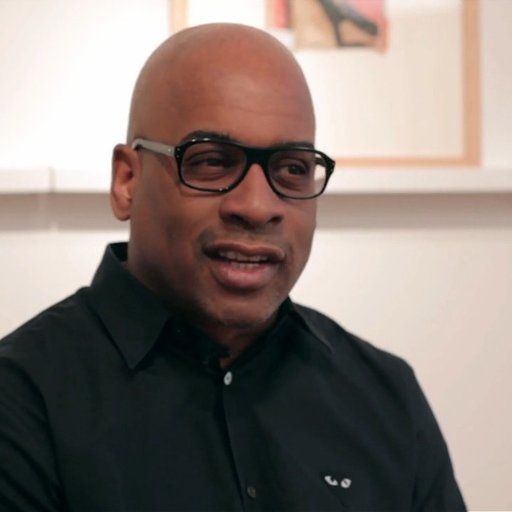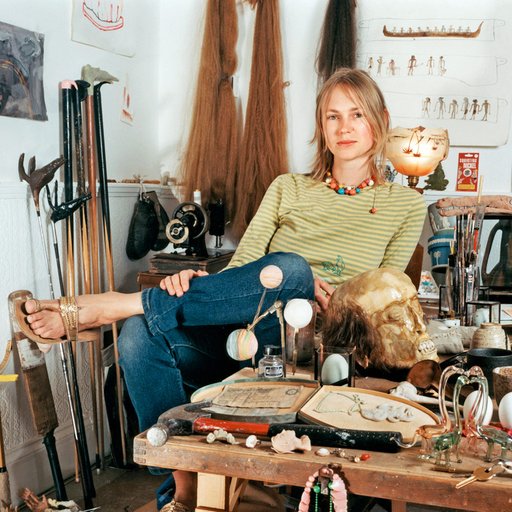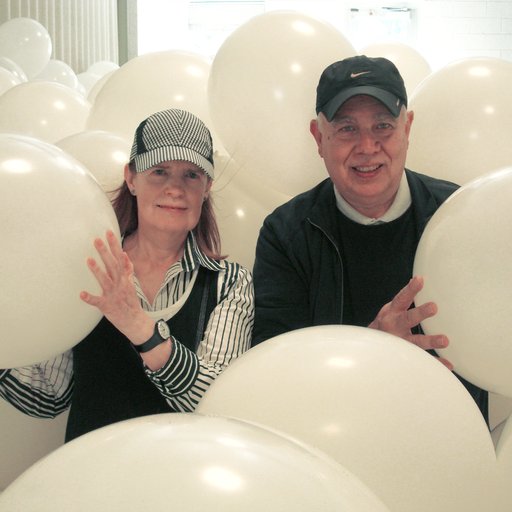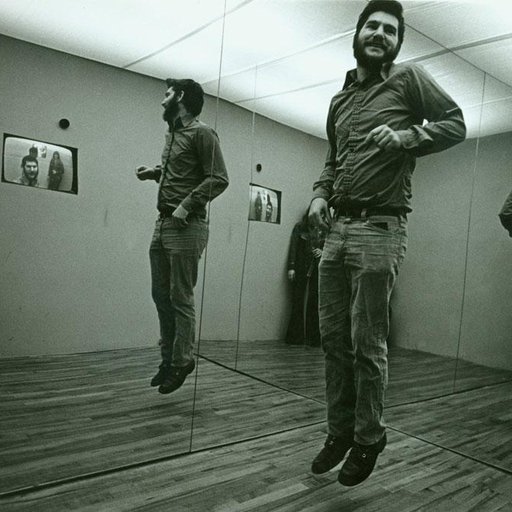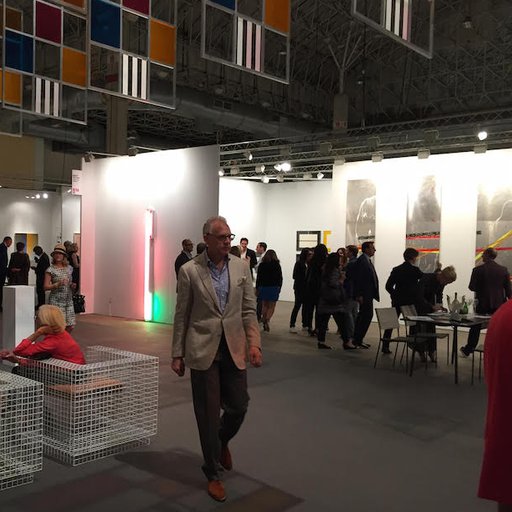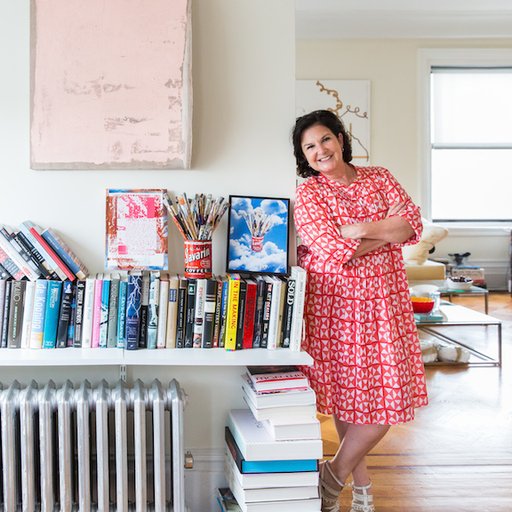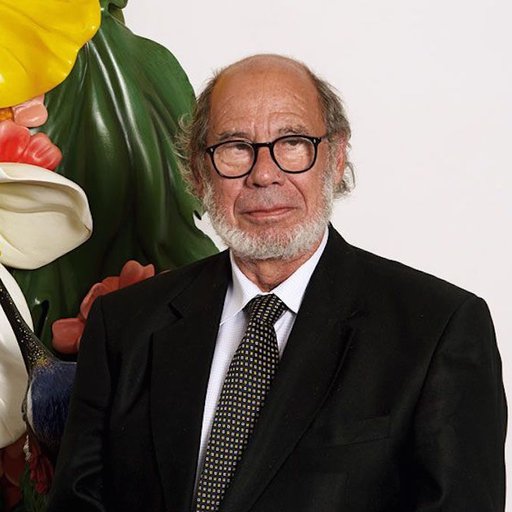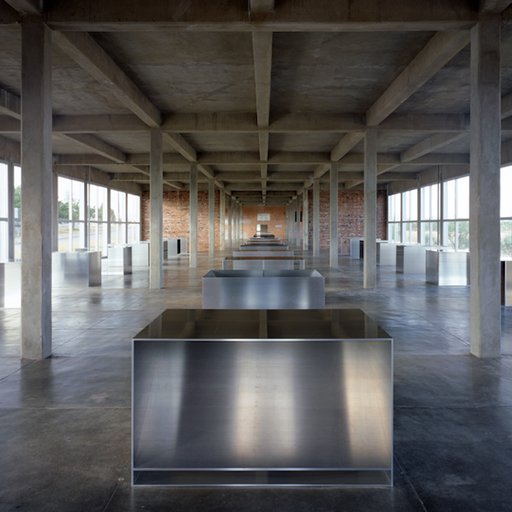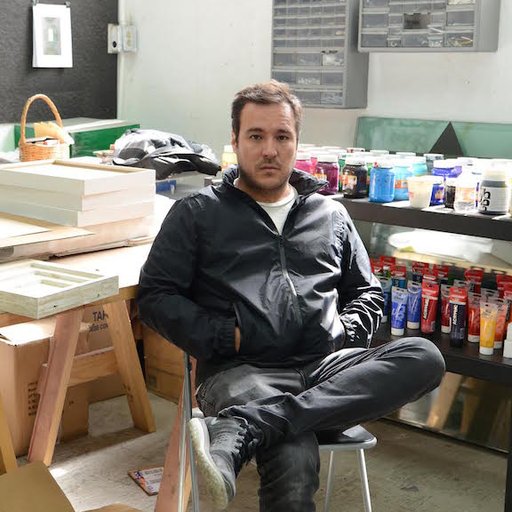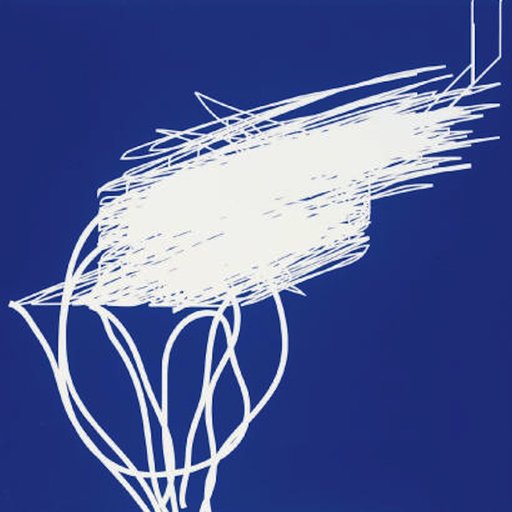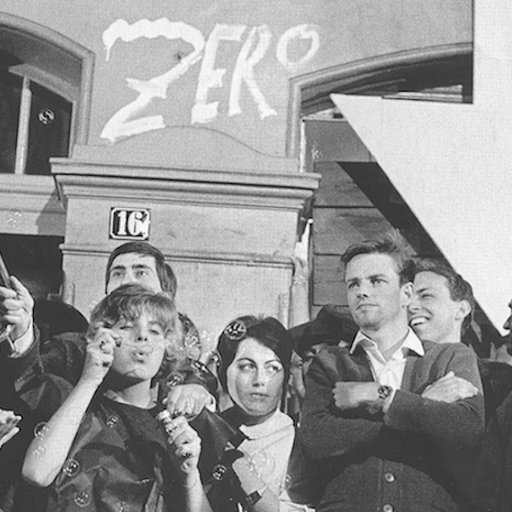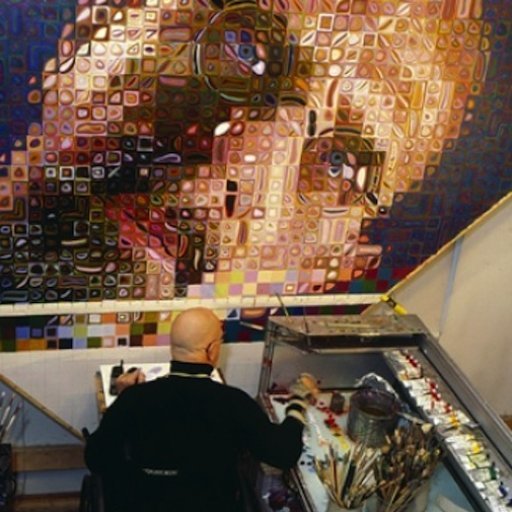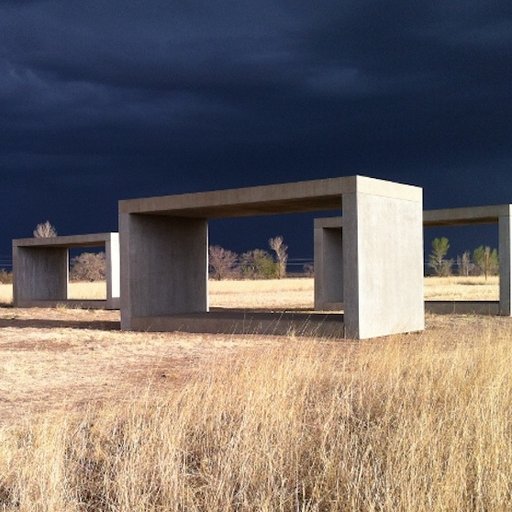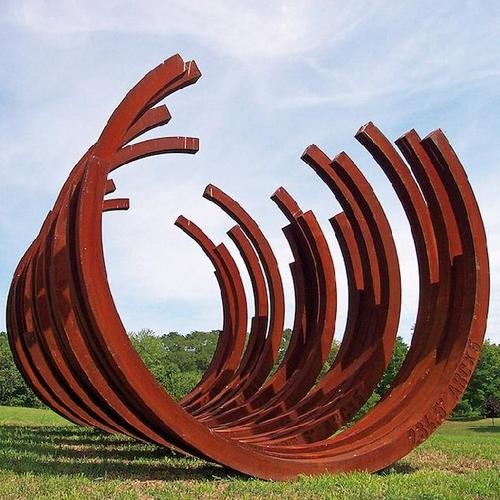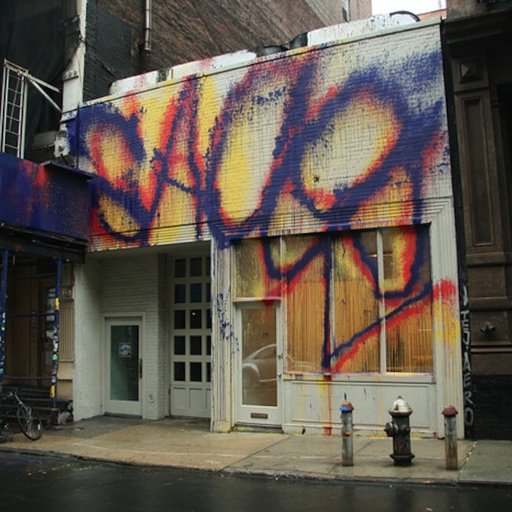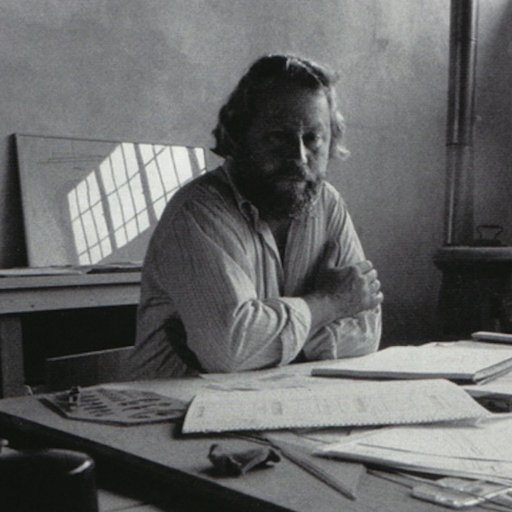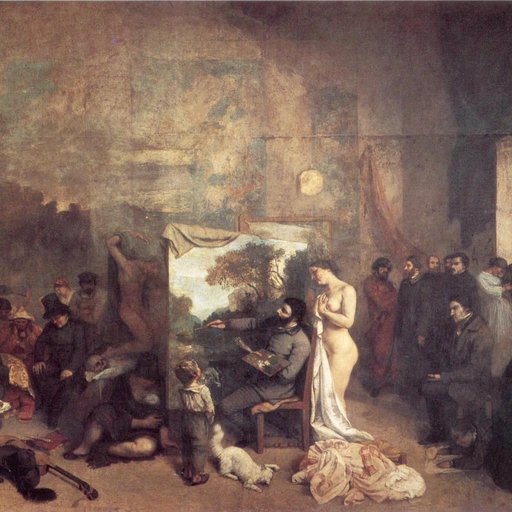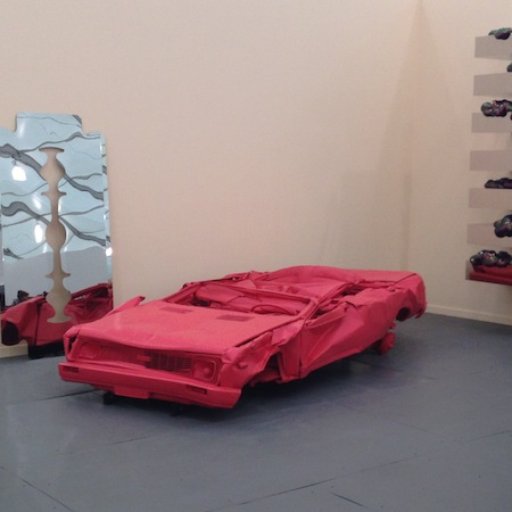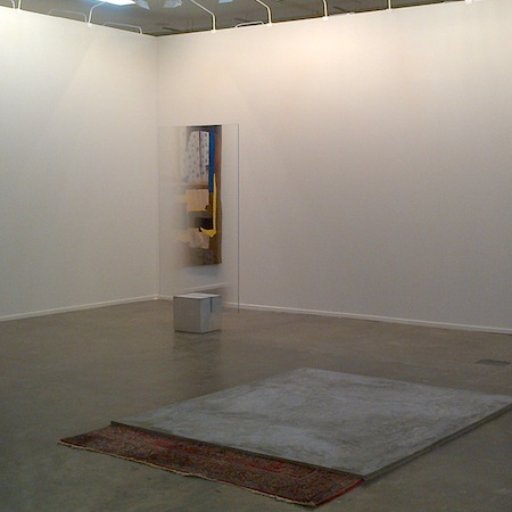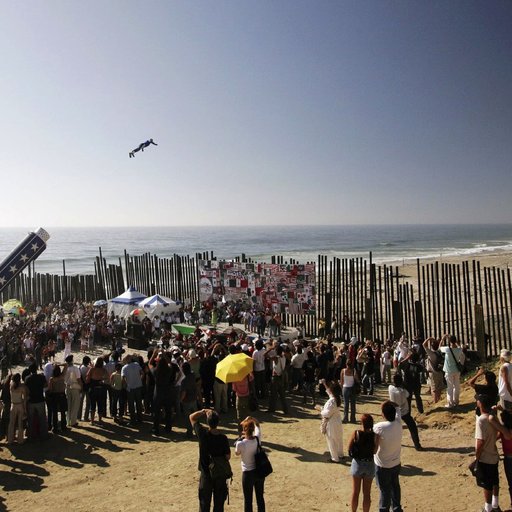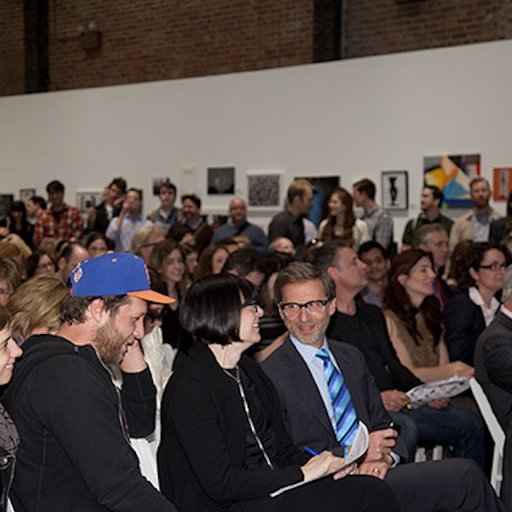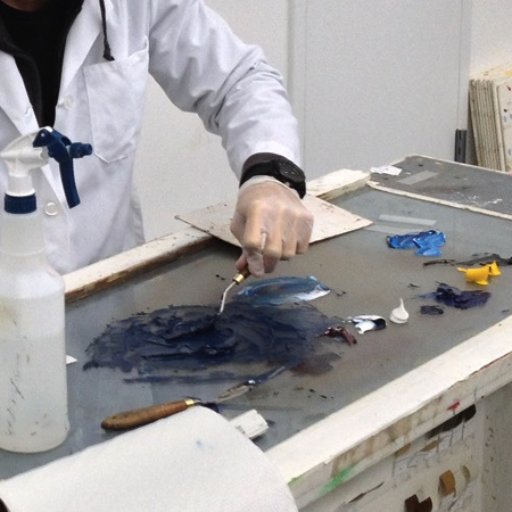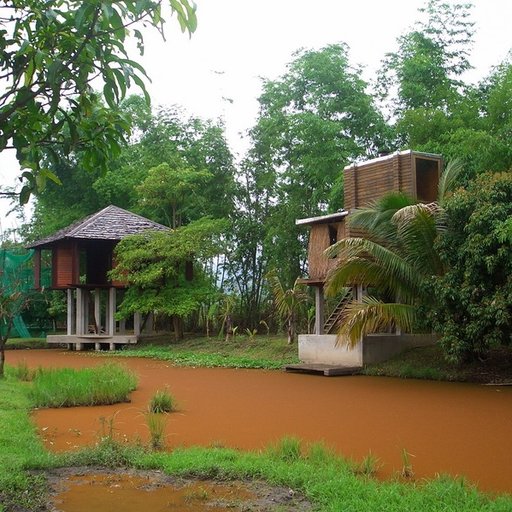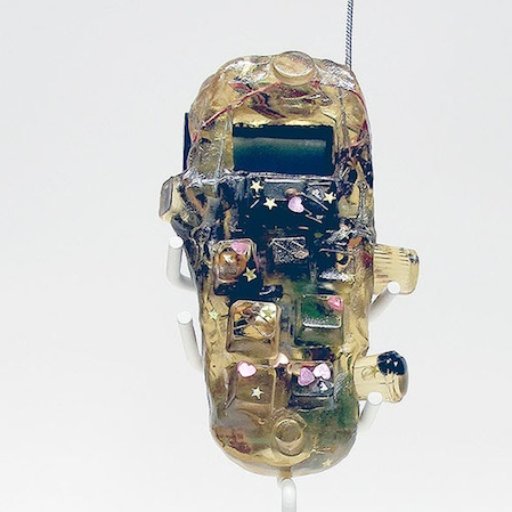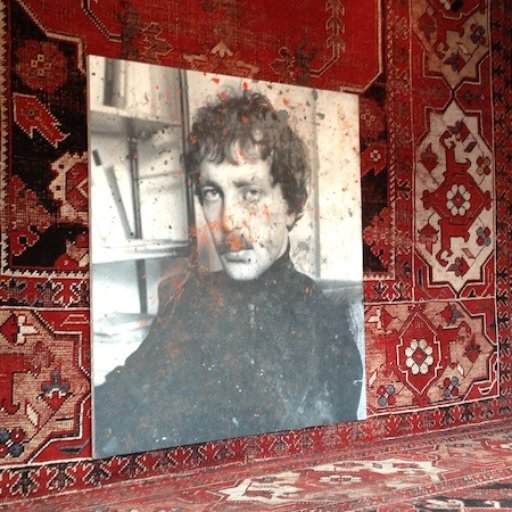Though he disavowed the term "Minimal" as an apt description for his work, Donald Judd (1928—1994) is perhaps the artist most closely associated with American Minimalist art. His 1964 essay "Specific Objects" is considered a manifesto for Minimalist sculpture, advocating artists whose works inhabited the actual space of the viewer rather than the illusionistic space of traditional painting and sculpture. Best known for his iconic wall-mounted stacked box sculptures, Judd's work often involves simple geometric forms in repetitive arrangements, typically employing industrial materials such as plywood, aluminum, and Plexiglas.
In 1979, with assistance from the Dia Art Foundation, Judd purchased 340 acres of land in Marfa, Texas, on which he established the Chinati Foundation, an exhibition venue devoted to large-scale, permanent installations by Judd and several of his contemporaries, including John Chamberlain and Dan Flavin. Judd's work was included in many seminal exhibitions of the 1960s and 1970s, including Primary Structures at the Jewish Museum in 1966, often considered as the inauguration of Minimalist art. He has been the subject of numerous retrospectives, at venues including the Tate Modern (2004) and the Whitney Museum (1988).
THANKS FOR SIGNING UP FOR OUR NEWSLETTER.
THAT EMAIL HAS ALREADY BEEN SUBSCRIBED.
Now, personalize your account so you can discover more art you'll love.
PERSONALIZE YOUR ACCOUNTDISCOVER
a treasure trove of fine art from the world's most renowned artists, galleries, museums and cultural institutions. We offer exclusive works you can't find anywhere else.
LEARN
through exclusive content featuring art news, collecting guides, and interviews with artists, dealers, collectors, curators and influencers.
BUY
authentic artworks from across the globe. Collecting with us means you're helping to sustain creative culture and supporting organizations that are making the world a better place.
CONNECT
with our art advisors for buying advice or to help you find the art that's perfect for you. We have the resources to find works that suit your needs.

INSIDER ACCESS TO THE WORLD'S BEST ART
Artspace offers you authentic, exclusive works from world-renowned artists, galleries, museums and cultural institutions. Collecting with us helps support creative culture while bringing you art news, interviews and access to global art resources.




